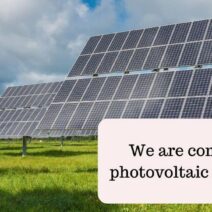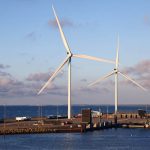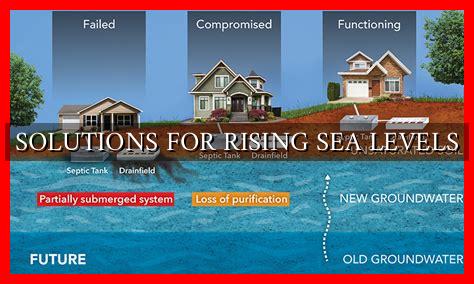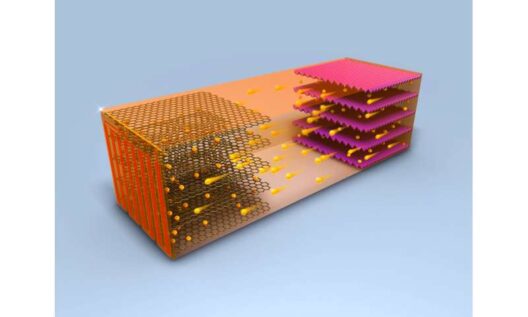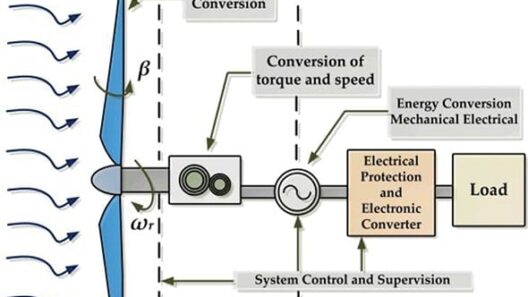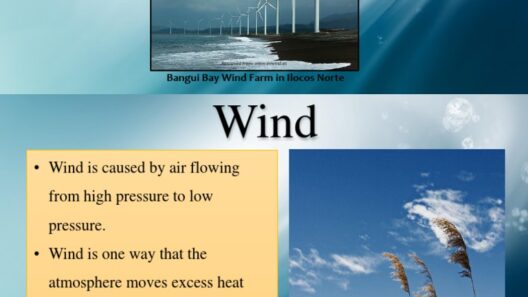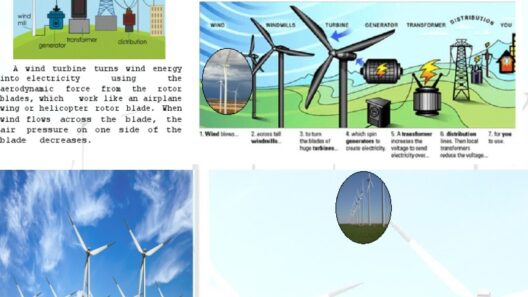Wind energy has become a revolutionary force in the quest for sustainable, renewable sources of power. But how much energy does a wind turbine actually produce? It’s a question that perhaps conjures visions of majestic turbines gracefully spinning against the backdrop of a cerulean sky. Imagine standing in front of one, feeling the towering structure sway softly with the breeze, and contemplating its contribution to energy generation. As the blades slice through the air, their power beckons: can they fulfill the burgeoning energy demands of our modern world?
The answer is as multifaceted as the technology itself. The energy output of a wind turbine is not a static figure; numerous variables come into play. First, let’s explore the elementary principles behind wind energy production.
Understanding the Dynamics of Wind Energy
At the heart of wind energy generation lies a fundamental equation: wind velocity and turbine efficiency. A typical modern wind turbine has a rotor diameter that ranges from 80 to 120 meters, with some models reaching even larger sizes. The greater the rotor diameter, the more wind is intercepted. This increased capture can translate to a more significant energy yield. However, energy extraction is not merely a function of size; it also depends critically on wind speed.
To put this into perspective, wind turbines generally require a minimum wind speed—known as the cut-in speed—to begin producing electricity, which is typically around 3 to 4 meters per second. Beyond this threshold, as the wind strength increases, so too does the output. The maximum energy generation occurs at wind speeds of approximately 13-15 meters per second, after which turbines enter a scenario of cut-out operation, wherein they are intentionally shut down to avert mechanical damage.
The theoretical maximum efficiency of a wind turbine is derived from Betz’s Law, which posits that no turbine can capture more than 59.3% of the kinetic energy in wind. Yet, most commercial turbines hover between 35% to 45% efficiency under optimal conditions. This translates to powerful energy production, especially in regions characterized by consistent wind patterns.
Defining Energy Output: An Example Calculation
Delving deeper, let’s consider a typical 2 MW (megawatt) wind turbine situated in an optimal location. If it operates at maximum efficiency for an entire year under an average wind speed conducive to high performance, it can produce an impressive 4,000 megawatt-hours (MWh) of electricity annually. For the mathematically inclined, this figure is derived from the following:
Power (kW) = 0.5 x Air Density (kg/m³) x Area (m²) x (Wind Speed m/s)3
With this knowledge, one may naively conclude that erecting more turbines would exponentially increase energy production. But herein lies a potential challenge: the issue of site location and grid integration.
The Importance of Site Selection
Not all wind farms are created equal. The geographic location significantly influences energy output. Areas with consistent, high-speed winds are prime candidates. Coastal regions, mountain passes, and open plains tend to yield higher outputs compared to urban settings or heavily wooded areas. Furthermore, the altitude of the site plays a crucial role, as wind speeds tend to increase with elevation.
Additionally, wind patterns fluctuate seasonally. Seasonal variations mean that while a wind farm may perform exceptionally well during one part of the year, performance may dip during less favorable conditions. The concept of capacity factor, which is the ratio of actual output over a period compared to the maximum possible output, becomes paramount. For many wind farms, a capacity factor of 30% to 40% is commonplace over the course of a year.
Navigating the Grid: An Energy Storage Quandary
The challenge does not stop at production. Integrating generated wind power into the existing electrical grid brings its own complexities. The intermittent nature of wind energy—its reliance on fluctuating wind patterns—creates a challenge for reliability. Energy storage solutions such as batteries, pumped hydroelectric storage, and other technologies must be deployed to ensure steady electricity flow when the wind subsides.
Moreover, infrastructure planning necessitates geographic considerations of both wind resource availability and demand centers. Solutions often require intricate electrical pathways and investment in upgrading older grid systems to accommodate a growing portfolio of renewable energy sources.
Innovative Technologies Driving Output Enhancements
Advancements in technology continue to bear fruit. Modern turbines are equipped with sophisticated sensors and smart technologies that optimize performance in relation to wind conditions. Innovations such as larger, more efficient rotors, enhanced blade designs, and improved materials contribute to maximizing energy production further. Floating wind farms are on the horizon, targeting deep-water locations where higher wind speeds are often available.
Ultimately, as we navigate the complexities inherent in wind energy production, it’s clear that wind turbines hold incredible promise. With ongoing advancements and strategic planning, the potential exists to convert abundant wind resources into substantial and sustainable energy. However, will society rise to meet the challenge of integrating these turbines into a cohesive energy strategy? That remains the intriguing question hanging in the air—quite literally! Wind power may hold the key to a greener future, but its proper harnessing will require commitment, innovation, and collaboration from all sectors of society.
